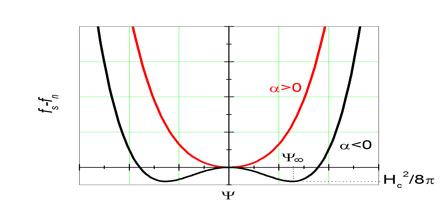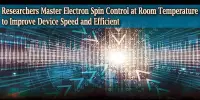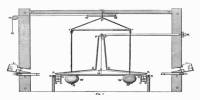This article focus on Ginzburg–Landau Theory, which observed the existence of two types of superconductors depending on the energy of the interface between the normal and superconducting states. In particle physics, any quantum field theory with a unique classical vacuum state and a potential energy with a degenerate critical point is called a Ginzburg–Landau Theory. It derived from the Bardeen-Cooper-Schrieffer microscopic theory by Lev Gor’kov, thus showing that it also appears in some limit of microscopic theory and giving microscopic interpretation of all its parameters.
Ginzburg–Landau Theory
















